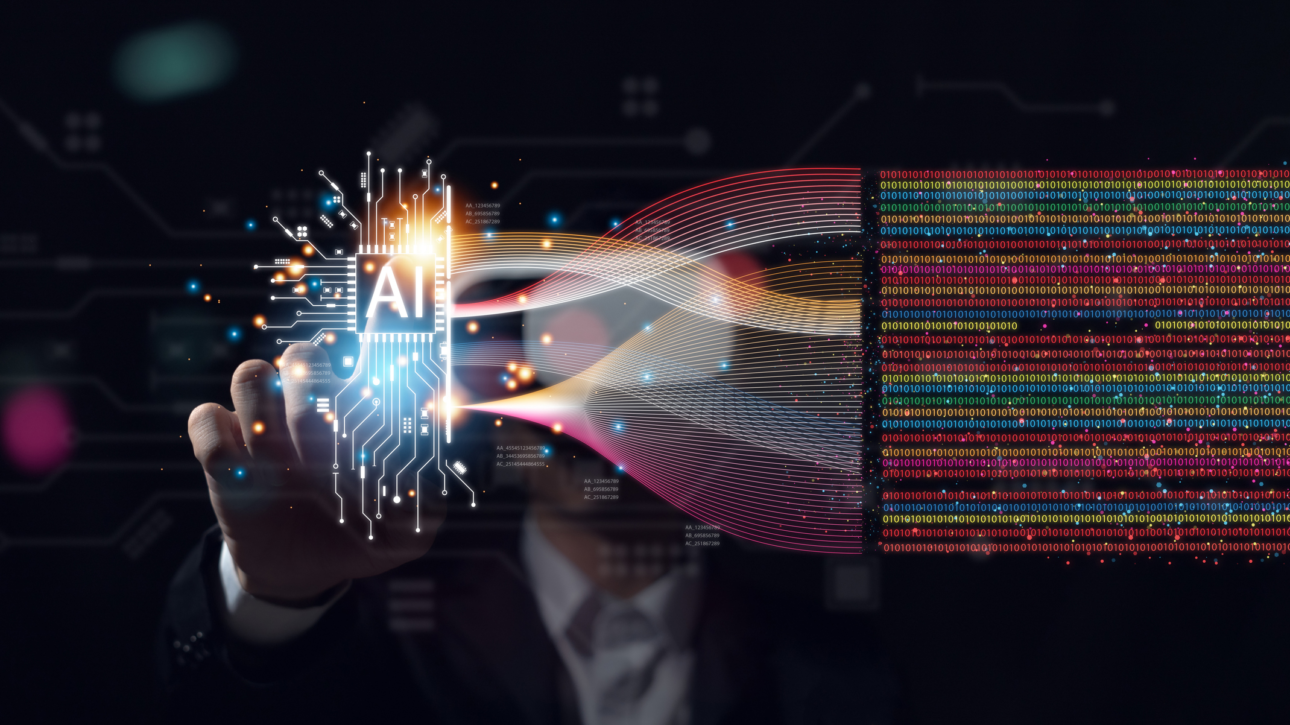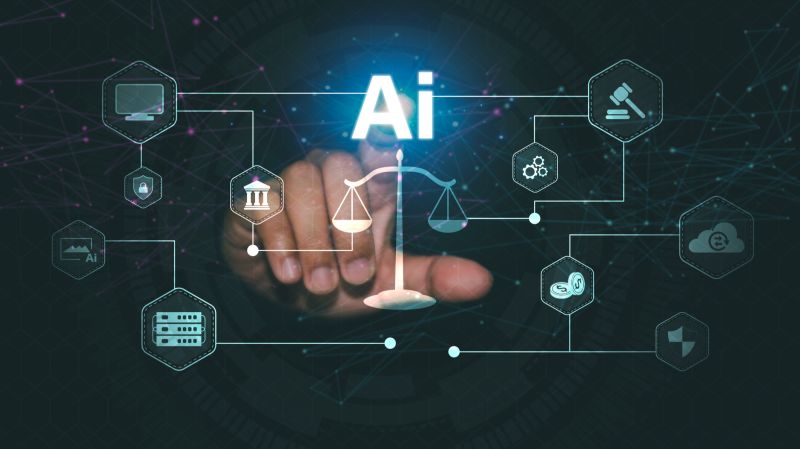We’re all experiencing the hype and excitement about what generative AI can do for our organizations, but the stories of early adoption are often stories of disappointment or disaster. When generative AI is implemented, it quickly reveals how dependent the results are on the quality and organization of the data it’s fed (GIGO) and…












